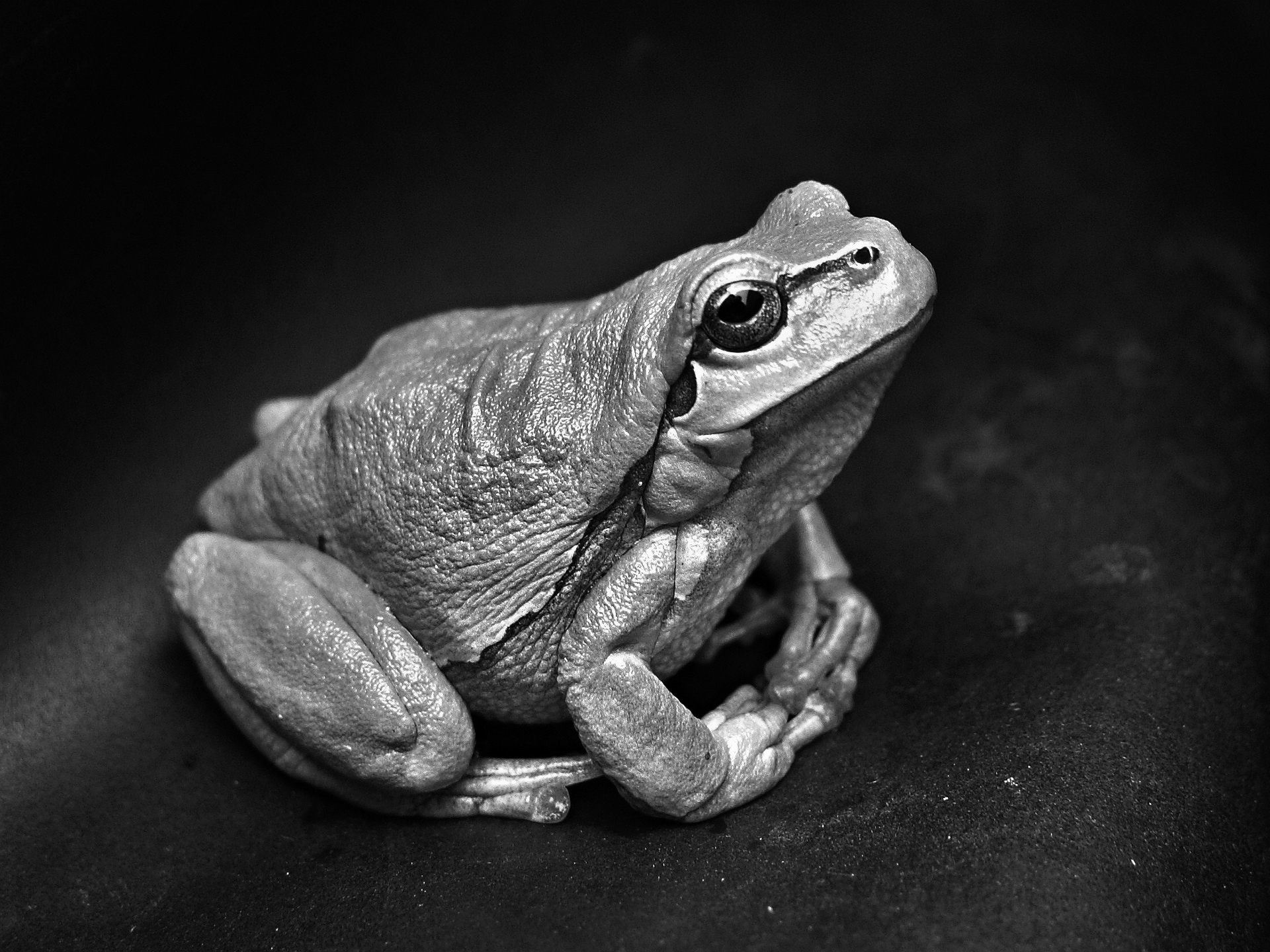Frog morphology crops up a lot in our descriptions of nature. Babington’s orache (please read on) has frog’s head seeds, toadflax flowers are said to resemble the gape of a toad. In our ditches the clear water supports a delicate white flower called frogbit, home to, among several insects, the chinamark moth. What is it about a slimy, noisy creature with a big mouth and no discernible ears, so replicated in nature, that is so fascinating?
Recent political events might suggest the answer. Wrapped up in the short reign of chaos came a challenge to the new orthodoxy of environmental land management (ELMs), the long-awaited greening of British farming. Environmentalists and farmers alike are incredulous and horrified. According to the World Wildlife Fund (WWF), since 1970, Earth’s wildlife populations have declined by an average of 70%. The frogs (sorry, politicians) will soon gather to discuss this at Cop 15, and its wider context at the Cop 27 conference on climate change. So why this laggardliness on the ‘home front’?
“Though a frog’s ears have no outer organ, there is something called a tympanum which receives all incoming sound most effectively”
A ‘review’ of ELMs may actually have a silver lining. Most importantly it has brought a powerful response into the public arena. A friend even drove his vintage tractor from Pembrokeshire to Westminster to demonstrate his anger. Absurd but eye-catching, this member of the Nature Friendly Farming Network gathered with the Farmworkers Alliance to remonstrate. Can Government really have dared asked the question? Though a frog’s ears have no outer organ, there is something called a tympanum which receives all incoming sound most effectively and the need for ELMs already seems to have been conceded.
Stressing a need, however, is different to delivering a solution. One hopes the reams of paperwork and bureaucratic witch yarn which are one of the biggest barriers to farmers taking up ELMs schemes will be reviewed and, here agreeing with the National Farmers Union (NFU), found not fit for purpose. As an example, I recently applied for a grant to grow 18 acres of natural woodland. My first application was rejected, after two days’ work of form filling, then our consultant, whom I instructed with a single map and a 10-line email, managed to file a second attempt, converting my pithy instruction to documents that needed an elephant bearer. Nearly a year has passed and, though deeper in the treacle, deeper into the biodiversity crisis, still don’t dare start planting as we await a determination. I am impatient, but we farmers are practical. When something needs doing we do it, a wonderful freedom, but sorely blunted by Whitehall process. The NFU gets my blessing.
Some farmers see re-wilding as a threat to the industry. It has become an unusable word, closing a steel door in many minds. A shame, as its essence is just ‘good conservation’. In the review of ELMs, the more ambitious elements of the proposed Landscape and Nature Recovery projects have come under the microscope. Deemed re-wilding, their scope suddenly has voluble criticism. Mate-less bullfrogs calling on a hot summer night. The prescriptions may not yet be ready to roll out, but they contain the biggest bang for buck in terms of wildlife per pound spent. They are the really essential part of enabling the farmed landscape to be enriched for wildlife recovery. One hopes a review will streamline the application forms and deliver a confidence-boosting partnership arrangement to achieve enhanced delivery. And here I wish for no delay. Prevarication will not encourage ambition and invention, nor trust, so important in the financial commitment in asking land managers to use their assets for the good of the planet.
Thus I urge our farming leadership to ape the frog. Open your mouths and shout for all you are worth. The frogs depend on you!







